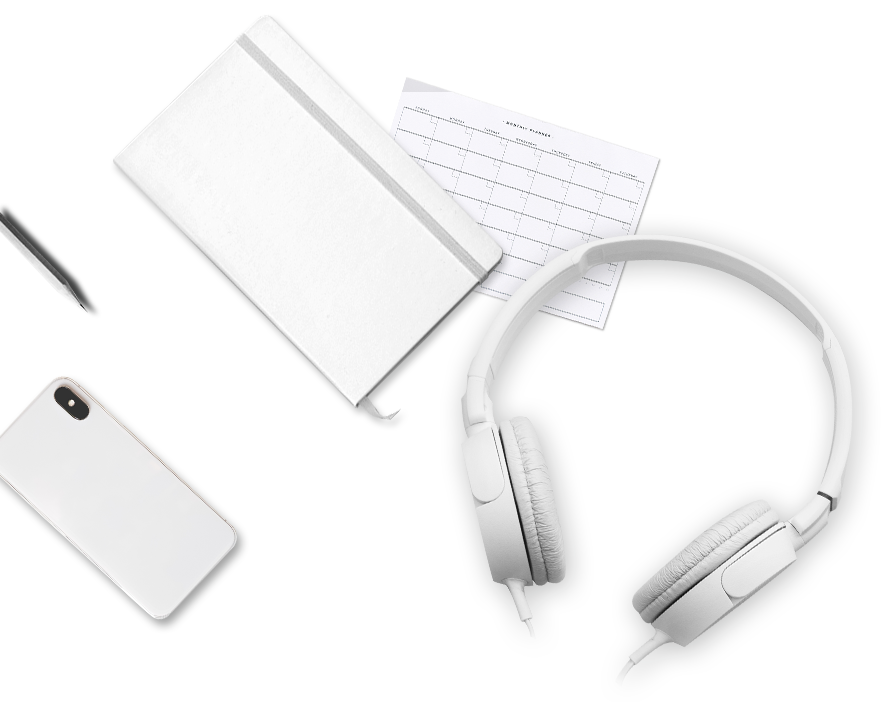Mastering Korean Grammar: -(이)나 (Nouns “or”) & -거나 (Verbs “or”)
Today we are learning how to express “or” in Korean. This is a crucial skill for giving choices and options.
Korean uses two different forms for “or”: one for connecting nouns (things) and another for connecting verbs (actions) or adjectives (descriptions).
We will master -(이)나 for nouns and -거나 for verbs and adjectives.
1. Usage: Understanding “Or”
Both patterns mean “or,” but they are attached to different types of words.
Function 1: -(이)나 (Used with Nouns)
This particle is attached to nouns to list two or more choices. It’s the equivalent of “this or that.”
- Korean: 빵이나 밥을 먹어요.
English: “I eat bread or rice.” - Korean: 버스나 지하철을 타세요.
English: “Please take the bus or the subway.”
Function 2: -거나 (Used with Verbs & Adjectives)
This particle is attached to verb stems or adjective stems to list two or more actions or states as choices.
- Korean: 주말에 영화를 보거나 책을 읽어요.
English: “On the weekend, I watch a movie or read a book.” - Korean: 날씨가 춥거나 더워요.
English: “The weather is cold or hot.”
2. Conjugation: How to Form -(이)나 and -거나
The conjugation rules are very simple and clear.
Conjugating -(이)나 (for Nouns)
- If the noun ends in a consonant, add -이나.
Example: 빵 (bread) → 빵이나 - If the noun ends in a vowel, add -나.
Example: 버스 (bus) → 버스나
Conjugating -거나 (for Verbs/Adjectives)
This one is even easier. You just attach -거나 directly to the verb or adjective stem (the part before -다).
It does not matter if the stem ends in a vowel or a consonant.
- 가다 (to go) → 가거나
- 먹다 (to eat) → 먹거나
- 좋다 (to be good) → 좋거나
- 예쁘다 (to be pretty) → 예쁘거나
Tense: You only apply the tense (past, future) to the final verb in the sentence, not to the -거나 part.
3. Example Sentences
Let’s see these patterns in action.
Examples for -(이)나 (Nouns “or”)
- Korean: 아침에 커피나 차를 마셔요.
English: In the morning, I drink coffee or tea. - Korean: 가방이나 모자를 사고 싶어요.
English: I want to buy a bag or a hat. - Korean: 월요일이나 화요일에 만나요.
English: Let’s meet on Monday or Tuesday. - Korean: 버스나 지하철이나 다 괜찮아요.
English: The bus or the subway, both are fine. (You can attach it to both nouns)
Examples for -거나 (Verbs/Adjectives “or”)
- Korean: 시간이 있을 때, 음악을 듣거나 운동을 해요.
English: When I have time, I listen to music or exercise. - Korean: 이 옷은 너무 크거나 작아요.
English: This outfit is too big or small. - Korean: 아프면 약을 먹거나 병원에 가세요.
English: If you are sick, take medicine or go to the hospital. - Korean: 내일은 집에서 쉬거나 친구를 만날 거예요.
English: Tomorrow I will rest at home or meet a friend. - Korean: 전화하거나 문자를 보내주세요.
English: Please call or send a text message.
4. Key Rules and Comparisons
Here are a few crucial points to remember.
Rule 1: Nouns vs. Verbs/Adjectives
This is the main rule. You cannot mix them up. Remember:
- -(이)나 → for Nouns (빵, 주스, 학교)
- -거나 → for Verbs/Adjectives (먹다, 가다, 예쁘다)
Rule 2: The Colloquial “아니면”
In colloquial, everyday conversation, you will often hear 아니면 used to mean “or”. 아니면 literally means “if not” and is great for connecting two full sentences or clauses.
(On weekends, I watch movies or go shopping.)
(On weekends, I watch movies. Or, I go shopping.)
아니면 is also very common for asking questions:
English: Do you want to drink coffee? Or do you want to drink juice?
Rule 3: The Other Meaning of -(이)나
This can be confusing, but -(이)나 has another common meaning: “as many as” or “no less than.” You can tell the difference from the context. It expresses surprise at a large number.
- “Or”: 빵이나 과일을 주세요. (Please give me bread or fruit.)
- “As many as”: 빵을 10개나 먹었어요! (I ate as many as 10 pieces of bread!)
Also check out these lessons:

